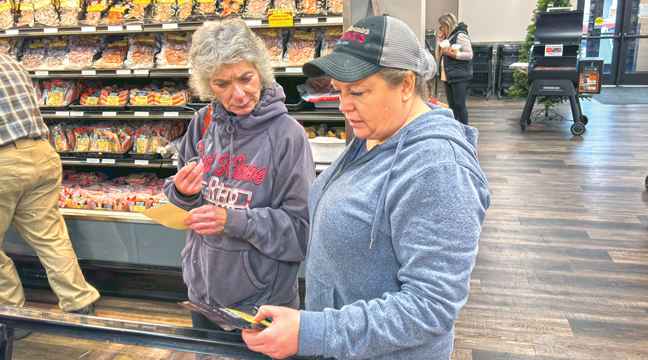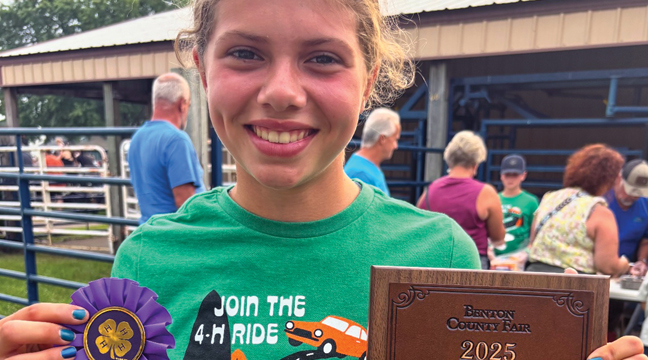Oak wilt is a common problem in Sherburne County but it is not the only tree disease which can have a negative impact on local woods and forests.
Oak blight is a tree disease which resembles oak wilt to some extent. It only attacks burr oaks and is referred to by the arborist community as BOB.
BOB has been recognized in several Midwestern States since the 1990s with Iowa reporting its first occurrence of this disease. Researchers in Iowa confirmed that this disease is caused by a new, and yet unnamed, species of Tubakia.
Plant pathologist Jill Pokorny, who works for the US Forest Service, located symptomatic bur oak trees in Mille Lacs and Sherburne counties, collected leaf samples, and identified the fungus. Severe symptoms of BOB have been observed on a variety of bur oak that produces smaller acorns. It occurs primarily on naturally established trees, on mature trees on upland sites that appear to be remnants of savannah forests.
Bur oak growing in dense forests and on bottomland sites is less seriously affected. The disease spreads very slowly and symptoms don’t appear until late in the growing season.
Symptoms typically first appear in late July or August. Infected leaves develop purple-brown lesions along the midvein and major lateral veins on the underside of leaves. As the lesions increase in size, dark veins become noticeable on the top side of the leaf. Large, wedge-shaped areas of brown dead tissue develop on the leaf blade, and the leaves may die. occur.
During the summer, black fruiting structures of the fungus form along the dark leaf veins and produce rain-splashed spores. These fruiting bodies can be seen with the aid of a magnifying lens.
Later in the season, black pustules or fruiting bodies of the fungus develop on the base of infected leaves and mature spores develop in these pustules the following spring.
A unique feature of BOB is that some of the killed leaves remain on the tree during the winter. Unlike red oaks, a healthy bur oak tree sheds all of its leaves in the fall. Not all infected leaves remain attached.
Some leaves drop off during the growing season and some are blown off by winter winds If BOB-infected leaves drop or are blown off, their petioles, or leaf stems, typically remain attached to the tree.
BOB tends to intensify from year to year in individual trees. If only a portion of the crown is affected, symptoms usually start in the lower branches and progress up the tree.
If a tree is seriously affected one year, it tends to be severely affected the next year. BOB appears to spread slowly, particularly from tree to tree. It remains a mystery why BOB does not spread more rapidly.
Even within a seriously infected stand, not all trees are susceptible to BOB. Some trees may be severely infected while nearby trees seem to be healthy. Given time the infected tree may die. Death is usually associated with severe blight over many years and damage caused by secondary invaders, such as the two-lined chestnut borer and Armillaria root rot.
Some studies show the injection of the fungicide propiconazole (Alamo formulation) in late May or early June (prior to leaf symptoms) have reduced symptom development in the fall and the following year.
With further study, fungicide treatments may have a play a larger role in managing high-value landscape trees.
Any questions about oak wilt or oak blight can be answered by Conservtion Specialist Gina Huge at the Sherburne County Soil and Water Conservation. Her phone number is (763) 241 -1170 Ext. 4.









